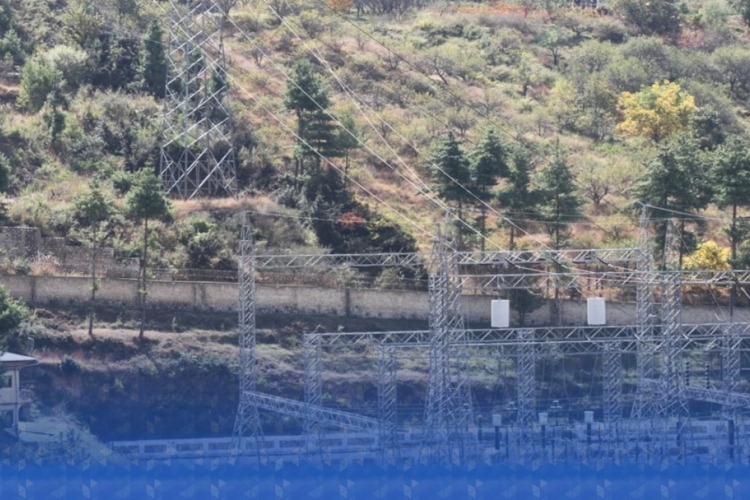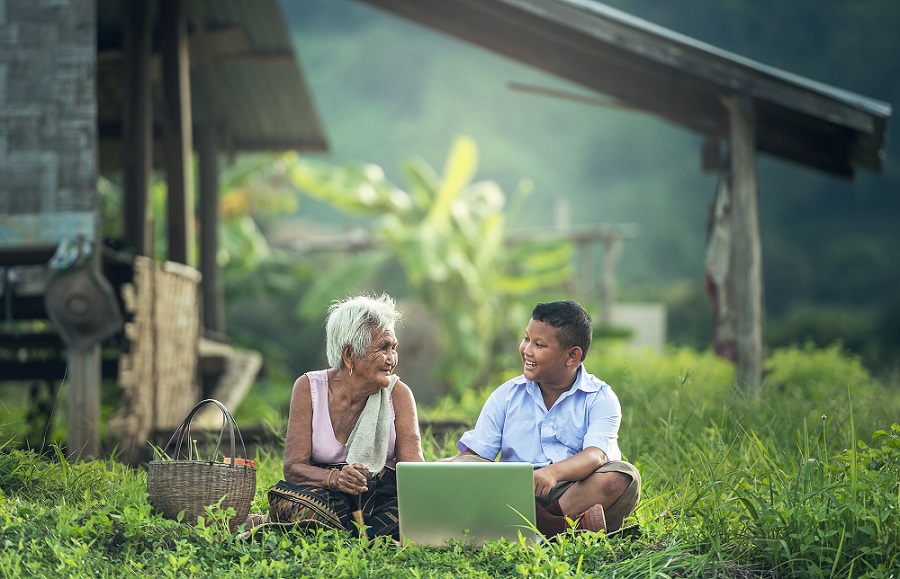ICT Co-Deployment with the Electricity Infrastructure, The Case of Bhutan
For the Royal Government of Bhutan (RGoB), providing affordable and reliable communications facilities to all its citizens has always been a challenge due to the country’s rugged and mountainous terrain, small and scattered population, and landlocked nature. Nevertheless, recognizing the potential of information and communications technology (ICT) in boosting socioeconomic development, the RGoB has committed to the roll out of a national fibre-optic backbone infrastructure since 2015, through its National Broadband Masterplan Implementation Project.










